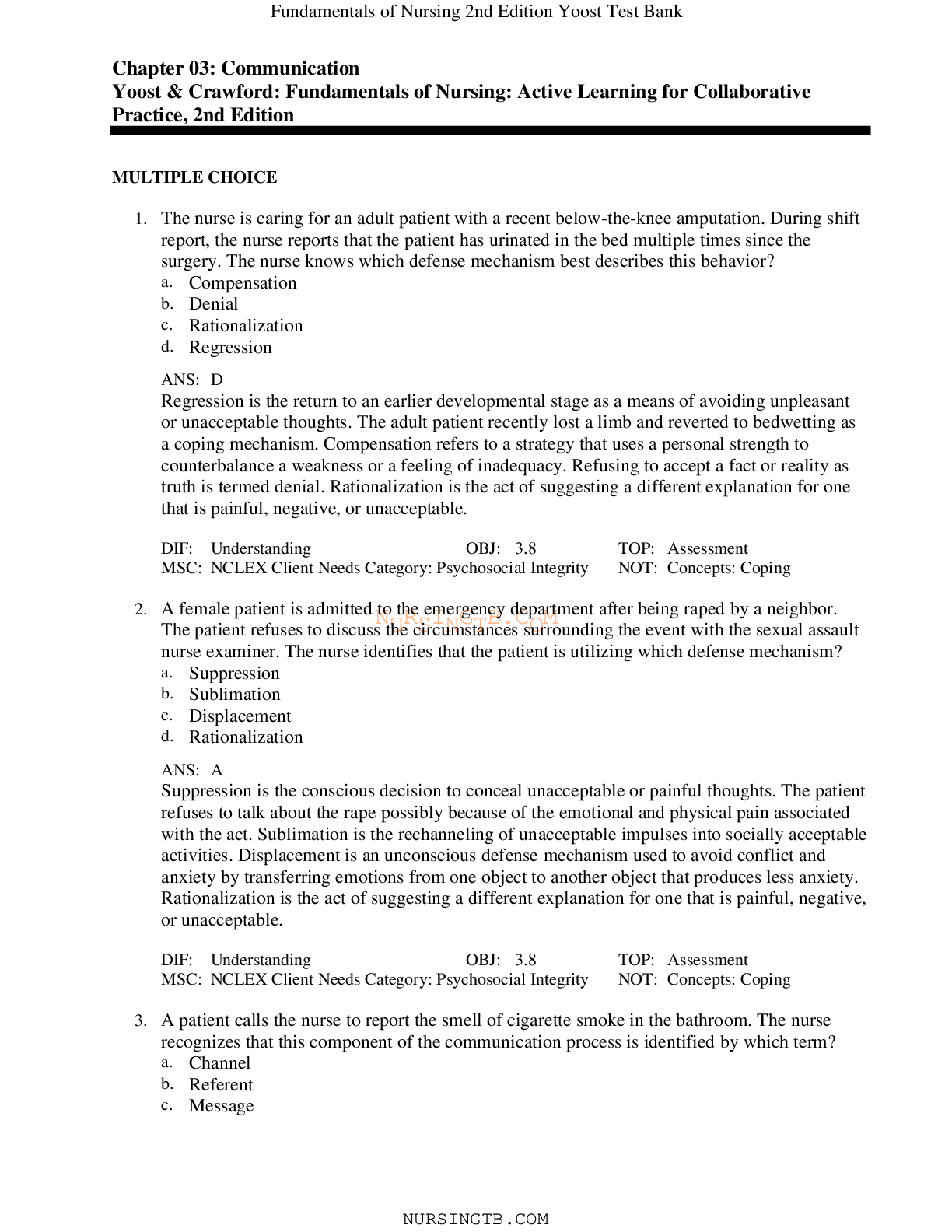Chapter 03: Communication Yoost & Crawford: Fundamentals of Nursing: Active Learning for Collaborative Practice, 2nd Edition
Course
Project Management
Subject
Chemistry
Category
Questions and Answers
Pages
11
Uploaded By
ATIPROS
Preview 4 out of 11 Pages


Download all 11 pages for $ 7.00
Reviews (0)
$7.00
